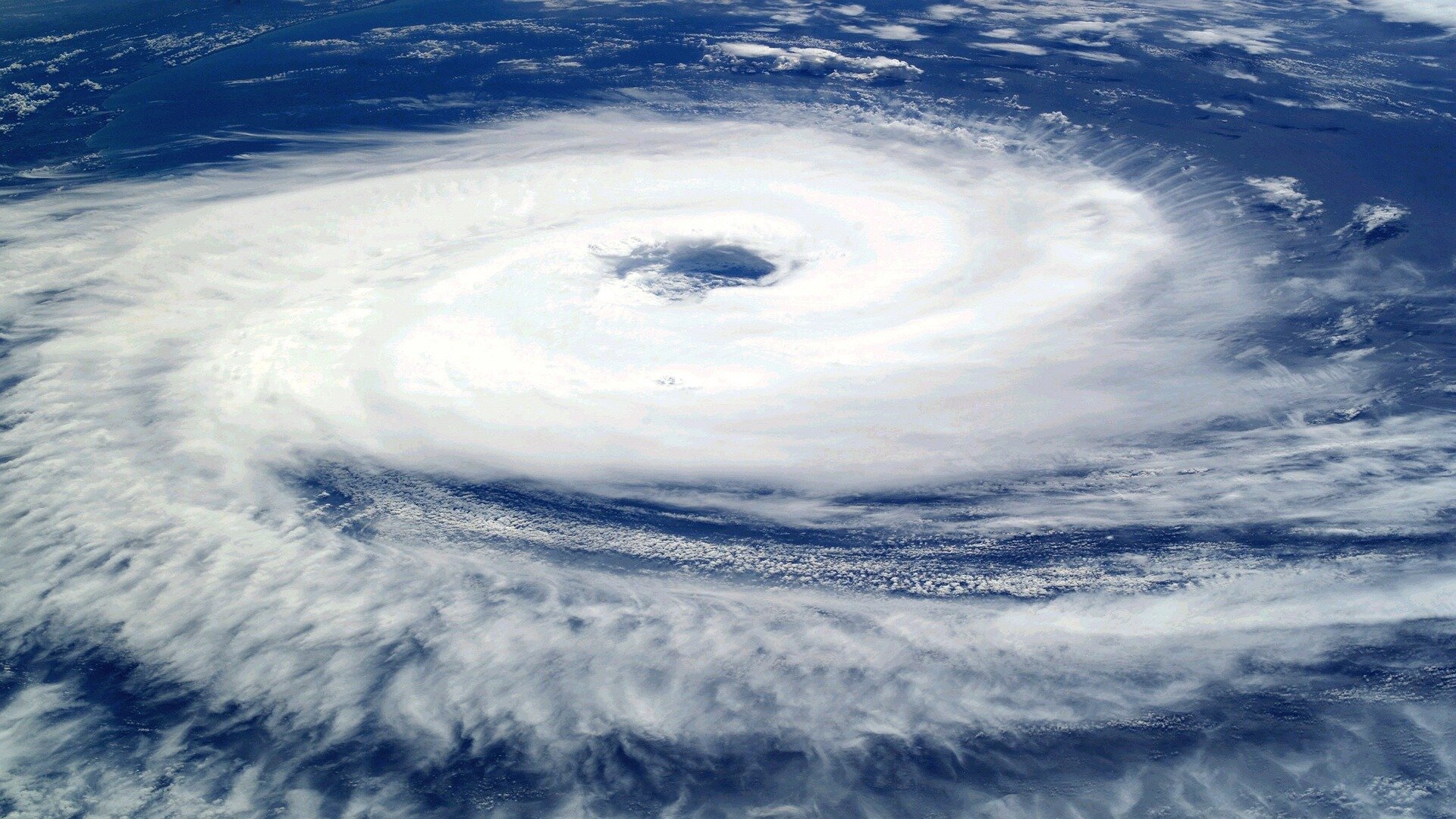- Hurricane Milton heads for Florida: Predicted path and what to expect
- Houthi Red Sea attacks still torment global trade, a year after October 7
- Bad call from Wall Street analysts on DuPont stock may be good news for investors
- Crypto relationship scams pose 'catastrophic harm,' SEC official says. Here's how to avoid them
- Trump's Mar-a-Lago, golf resorts are outside Milton's path. But Truth Social's offices are at risk
What do you believe is the single most important factor driving up the cost of living in Nigeria?

Report on global water resources: Conditions in 2023 were either too dry or too wet
Not only was 2023 characterized by unprecedentedly high temperatures but also by excessive droughts in many parts of the world as well as floods in other areas. The World Meteorological Organization (WMO) has now presented its third report on the status of global water resources.
According to the report, 2023 was the driest year compared to the previous 33 years, putting it in first place followed by 2021 and 2015. "The year 2023 was indeed much drier than we had expected," said Professor Robert Reinecke of Johannes Gutenberg University Mainz (JGU). Reinecke heads the Earth System Modeling group at JGU's Institute of Geography and contributed to the report.
The third State of Global Water Resources report takes an even more detailed look at what is happening to the Earth's water cycle than the first two reports. In particular, the information has been extended to include the storage capacity of lakes and other types of water reservoirs, including that of the planet's cryosphere, i.e., water locked up in solid form such as snow and glaciers.
The additional data and models analyzing this data thus provide more precise insights into the current situation. The results for 2023 continue to exhibit significant deviations from the typical values of the past as recorded for the reference period 1991 to 2020. "More than 50% of catchment areas show deviations from this reference period," said Reinecke.
The water discharge rates of rivers, which is one of the main indicators of water resources, were predominantly below normal. As a result, the WHO report registers unparalleled low water levels in the Mississippi and Amazon basins.

- October 8, 2024
Nanoscale method boosts materials for advanced memory storage



- October 8, 2024
The extraordinary life of Alfred Nobel

- October 8, 2024
Sacrificial burial confirms Scythians' eastern origins

- October 6, 2024
Two elephants die in flash flooding in northern Thailand

Subscribe to our mailing list to get the new updates!

Subscribe our newsletter to stay updated
Thank you for subscribing!







